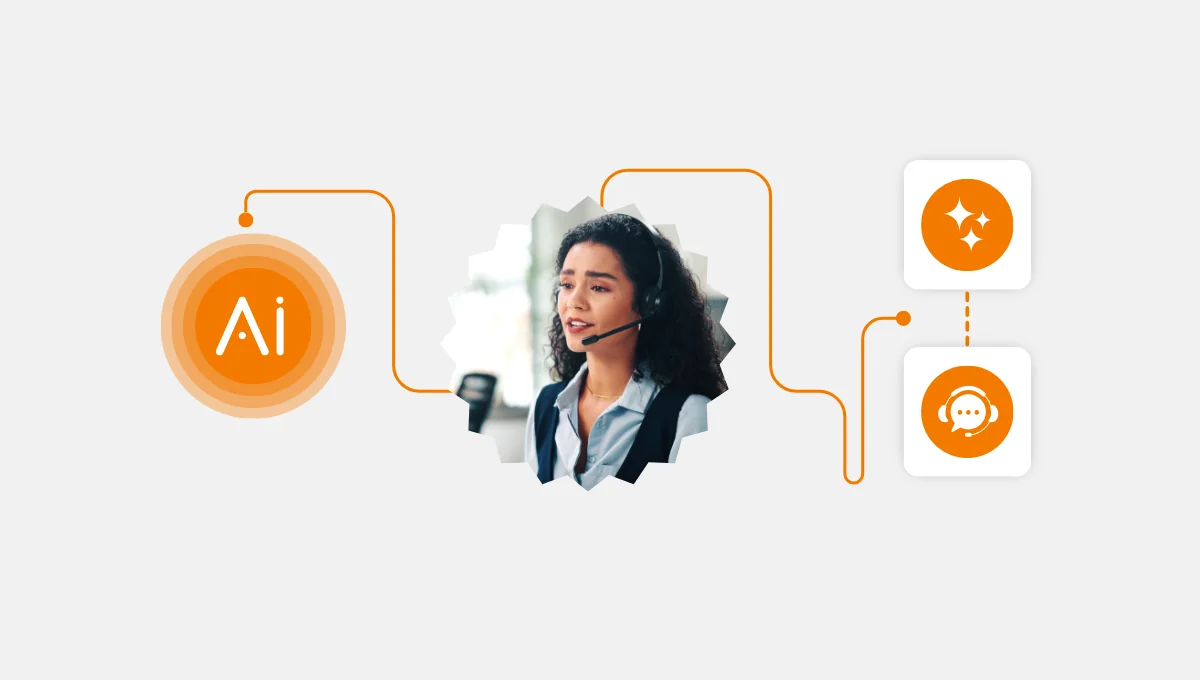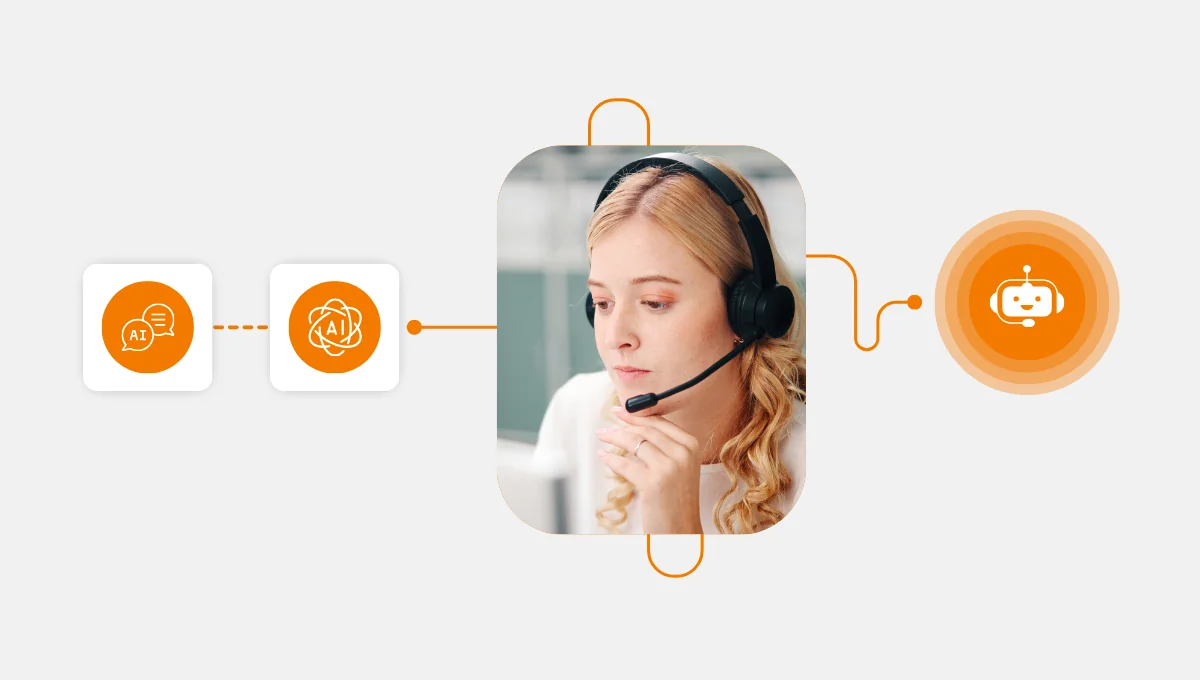What is the Customer Lifecycle? Customer Lifecycle Stages | C.C.S.
Customers are at the heart of every business. Unsurprisingly, businesses invest considerable resources to improve customer satisfaction rates. Cloud call center software is among the investments that can help improve customers’ experience. With professional Call Center Studio services, you can leverage the software and services to better engage with customers throughout their life cycles. Herein, we’ll look at the customer lifecycle and best practices for better experiences.
What is the Customer Lifecycle?
The customer lifecycle describes the journey a customer goes through in engaging a business. This is from:
- Discovery
- Considerations
- The first purchase
- Remaining loyal for repeat business.
What is Customer Lifecycle Management (CLM)?
CLM is the strategy employed to engage customers as they interact with a business. CLM’s primary objective is to create a positive customer experience at each stage of their journey.
CLM strategy is developed by understanding the customer’s needs and expectations at each stage. The information helps businesses to optimize the interactions for a smooth customer experience.
The positive customer experience tips them in your business’s favor. This is from the awareness stage all through to loyalty fostered by effective post-purchase engagements. An effective CLM strategy helps maximize a customer’s lifetime value.
Customer Lifecycle Stages
A customer goes through various steps before purchasing or returning for repeat business. The primary stages are:
- Awareness – Potential customers first learn about your products/services, such as from:
- Advertisements
- Word-of-mouth recommendation
- Social media campaigns.
- Consideration – The customers weigh up your product/services against the alternatives. This includes price comparison and product/service quality.
- Purchase – Customers decide to buy a product/service from your business.
- Retention – Customers are happy with your brand and return for more purchases. At this stage, enterprises focus on improving customer satisfaction. This is to keep the customers happy and returning for more.
- Loyalty/advocacy – Customers feel like a part of your business. Besides buying, they advocate and promote your business to others. This is through measures like word-of-mouth recommendations or social shares.
CLM is critical in ensuring that a positive customer experience characterizes each stage. Here is how you can improve your customer lifecycle management:
How to Manage the Customer Lifecycle
Each customer lifecycle stage is shaped by the CLM’s effectiveness to create a positive experience. As a business, you can employ diverse measures to ensure customers enjoy a smooth experience. Here are the common customer lifecycle management measures:
The exposure
The first customer lifecycle stage is awareness. Customers must find your business. You can facilitate the exposure with an effective marketing strategy. This is all about strategically positioning your brand to make it easier to find. You can explore channels like content, social media marketing and online and print media ads.
Strategically positioned businesses are easily found. You can improve visibility and recognizability with effective branding. Effectively branded businesses can easily be found and recognized.
Driving customer decisions
After a customer finds your business, they won’t immediately make a purchase. They need more information to make a sound decision. At this point, you can tip them in your business’s favor by providing relevant information. This includes compelling and descriptive product descriptions and FAQs page.
Also, use customer reviews and ratings for social proof. This proof builds confidence and makes it more likely for customers to buy from your business. Clearly communicated unique selling points differentiates your business from the rest. This differentiation also helps drive more customers to your business.
Seamless purchase experience
After successfully convincing a prospective customer to buy, how do you ensure they don’t abandon the cart? A big part of CLM is ensuring customers enjoy an easy purchase process. This includes:
- Responsive and user-friendly website or app
- Diverse payment options
- Clear shipping information
Customer support is also essential to promptly and adequately answer each customer’s question. A robust call center system can help ensure your customers experience dependable support. Partnering with a contact center is also recommended, with its cost-effective and efficient ways to facilitate 24/7 customer support.
Customer retention and advocacy
One-time purchases don’t allow your business to maximize the value a customer can offer. That’s why CLM includes retention measures such as after-sales services. The point is to improve customer satisfaction rates and keep them hooked to your business. This prompts them to make repeat purchases.
Customer loyalty can be nurtured through exclusive offers, early access and discounts. This makes the customer feel more appreciated. Customer loyalty is a significant business asset. It then becomes easier and more cost-effective to sell to them. Moreover, loyal customers often turn into brand advocates, which helps your business extend its reach.
Win-backs
Sometimes, a customer may become inactive. They could be trying a different product or may have forgotten about your business. You can remediate the situation by re-engaging the customers. Incentives can drive them back in your favor. You should also find out why they left or stopped engaging your business through customer surveys. The feedback helps you offer a better experience. This enhances customer satisfaction and helps maintain their loyalty.
Customer Lifecycle Best Practices
Offering a great customer experience throughout their journey with your business takes the right strategy. Among the best practices to enrich your customer lifecycle management include:
Understand and segment the customers
You can only improve customer satisfaction if you understand their pain points. Contact Center customer satisfaction surveys help you collect and analyze feedback. This helps you better understand their needs, allowing you to make relevant changes. Customer segmentation is also essential. Segmentation helps you tailor a more targeted CLM strategy. The segmentation can be based on customer behavior, interests, or needs.
Personalization
The best way to make a customer feel valued is through a personalized experience. It is among the reasons that you need a robust customer data management solution. It helps you gather, store and analyze customer data to tailor a personalized experience. Measures as simple as personalized messages can make a customer stick around. Data-driver personalization allows you to build a huge loyal customer base. Examples of data-driven personalization efforts are:
- Relevant product/service recommendations
- Customer support
- Addressing the customers by their names
Customer support
An informative FAQ section and readily available customer support are a must-have. This ensures that customers can access valuable information when needed. Such support makes it easier for customers to remain loyal to your business.
Transparency
Marketing is all about tipping customers in your business’s favor. Nonetheless, transparency can’t be overlooked. Transparency is a huge part of the customer lifecycle best practices. This is because the approach makes it easier to set realistic expectations and meet, if not exceed them.
Continuous improvements
Feedback and surveys help you better understand your customers. This should be complemented by monitoring and analytics to establish how CLM is performing. This way, you’ll spot areas that may need some adjustments and proactively implement them. Proactive improvements increase customer satisfaction. You’ll keep up with emerging trends and deliver a great experience.
Strategic customer lifecycle management can help thrust your business to the next level. You’ll easily win and retain more customers, increasing sales revenue and profits.
CLM significantly hinges on how you engage the customers. It is the reason more businesses turn to professional Call Center Studio services. Besides cloud call center software, your business can benefit from diverse customer-centric professional services. The solutions will help you continuously improve customer experience throughout their lifecycle. The experience keeps them hooked to your business, enhancing profitability.
originality.AI Score of this content: https://app.originality.ai/share/eu8wkzdrm1x4vbcq






